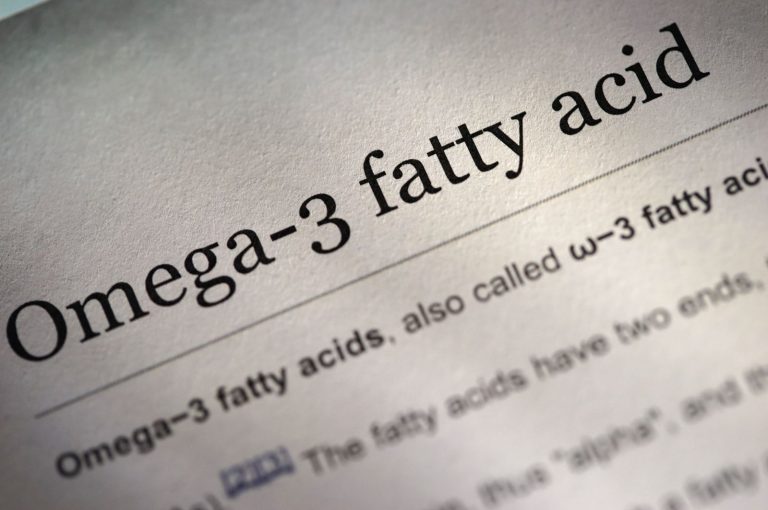Shilpa Joshi, RD June / 06 / 2019




Omega 3 fats have function in our body which are critical in every phase of life. In foetal and in younger age, Docosapentanoic acid are important for retinal cells (and hence good vision) and also important in developmental of brain(hence good cognition). In adult life, consumption of right amount of omega 3 fats prevents hyper triglyceridemia (increased triglycerides of fats in blood). Also, consumption of these fats also prevents platelet aggregation. Both high triglycerides and platelet aggregation are implicated in heart disease and stroke in adult life. Consumption of omega 3 fats has also shown to have beneficial effects in person have high blood pressure and arrhythmias (irregular heart rhythm).
Diets of hunter gatherer human had omega 3: omega6 in ratio of 1:1, but as humans became agrarians this ratio changed, with increase in proportion of omega 6 fats. After industrial revolution diets became rich in omega6, which extremely skewed ratios, which is when we saw a rise in metabolic disease. Hence the current recommendation is of omega6: omega3 is 5: 1 to 15: 1. Therefore it is imperative that we choose cooking fats carefully, consume nuts and seeds which are rich source of these important fats and most importantly do not over heat oils, which leads to destruction of these fragile fats.
